Family Hesperiidae | Genus Carcharodus Rank Species | |
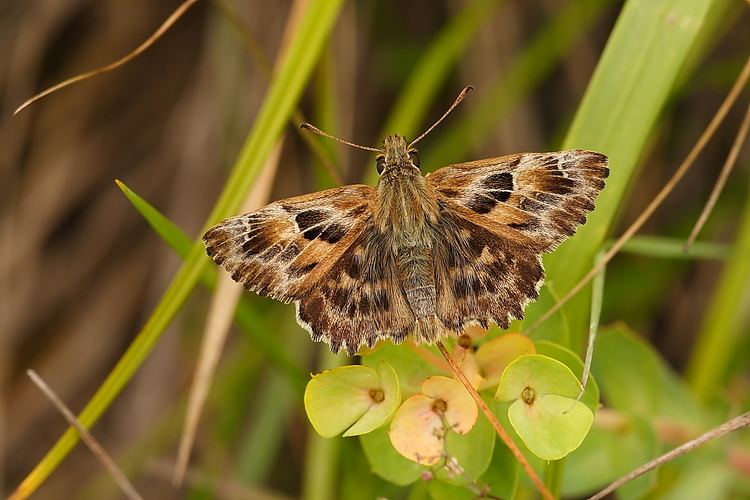 | ||
Similar Carcharodus, Carcharodus lavatherae, Spialia sertorius, Carcharodus flocciferus, Oberthür's grizzled skipper | ||
Ichneumonidae hyposoter ebeninus parasitizes carcharodus alceae
Carcharodus alceae, the mallow skipper, is a butterfly of the family Hesperiidae. The scientific Latin species name alceae refers to the host plants Althaea, which, in turn, are named after the ancient Greek poet Alcaeus of Mytilene.
Contents
- Ichneumonidae hyposoter ebeninus parasitizes carcharodus alceae
- Braconidae cotesia glabrata parasize carcharodus alceae
- Subspecies
- Distribution and habitat
- Description
- Habitat
- Biology
- References
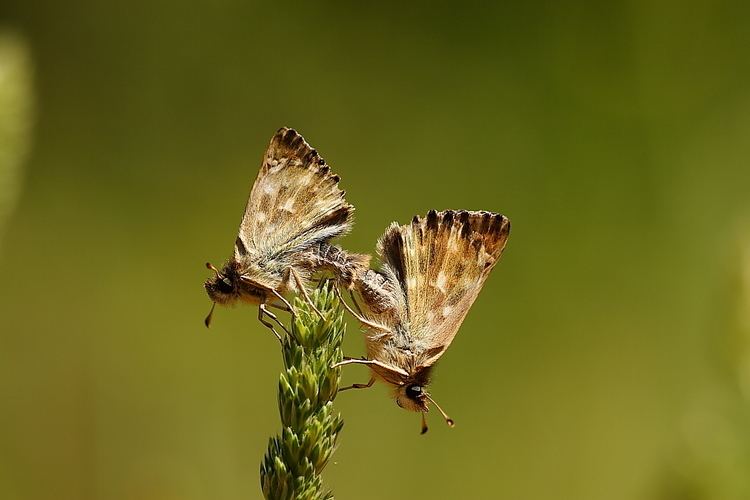
Braconidae cotesia glabrata parasize carcharodus alceae
Subspecies
Subspecies include:
Distribution and habitat
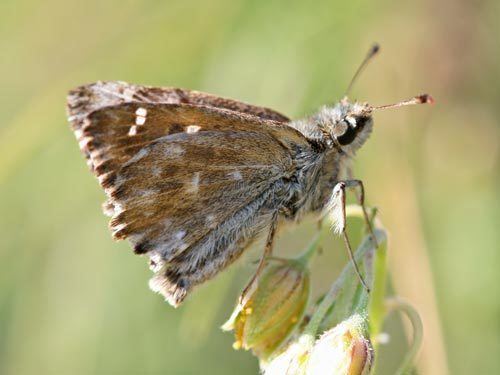
This widespread and common species can be found in most of southern and central Europe, in northern Africa (Morocco east to Tunisia and Libya), in the Middle East, in Asia Minor, the Caucasus, in northern India, in the Middle and Central Asia, in the western Himalayas and in the south of Western Siberia.
Description
Carcharodus alceae has a wingspan of 28–32 mm. The background color of the forewings is pinkish brown, with approximately square brown markings, short, white transverse stripes running from the edge and clear patches on the discal area. Hindwings are brownish or grey-brown, with some prominent brighter spots on the underside. Males are without hair tuft on forewings underside. Antennae have cherry brown tips.
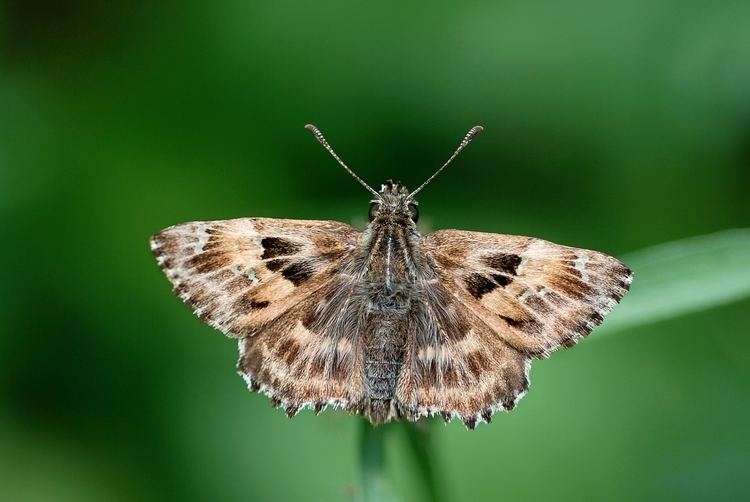
The eggs are yellowish and hemispherical and the surface is covered with elongated warts, connected each other with low ribs. The egg has a prickly appearance. In the course of the development they turn red. The caterpillars can reach a length of about 23 millimetres (0.91 in). They are dark gray, covered with small white dots and short, white hairs. The head is black with yellow spots, separated by black stripes..
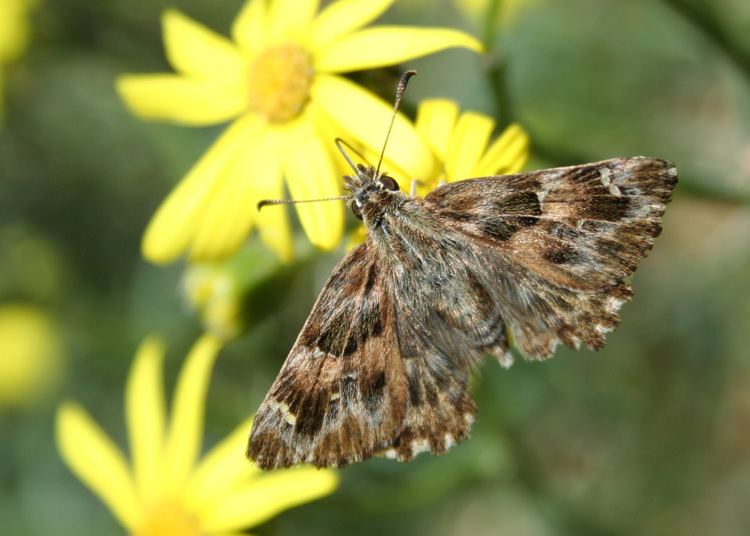
This species is very similar to the Marbled skipper (Carcharodus lavatherae) and almost indistinguishable from the False mallow skipper (Carcharodus tripolinus).
Habitat
These quite common butterflies prefer dry warm and stony areas, wasteland, warm ruderals and gardens at an elevation up to 1,100 metres (3,600 ft) above sea level. In Armenia they inhabit a wide variety of grasslands and woodlands.
Biology
Mallow skippers lay their eggs on top of the leaves of different species of mallow (hence the common name of the species). The larvae mainly feed on Malva sylvestris, Malva moschata, Althaea officinalis, Lavatera thuringiaca and Hibiscus species. The butterfly flies from April to October depending on the location. They get nectar from various herbaceous plants. In Central Europe usually this species has two generations (April-May and July), while in southern areas three or more generations are present. The fully grown caterpillars hibernate and pupate in the next Spring.
